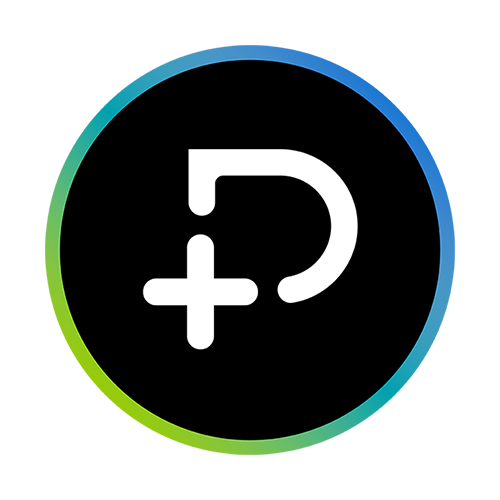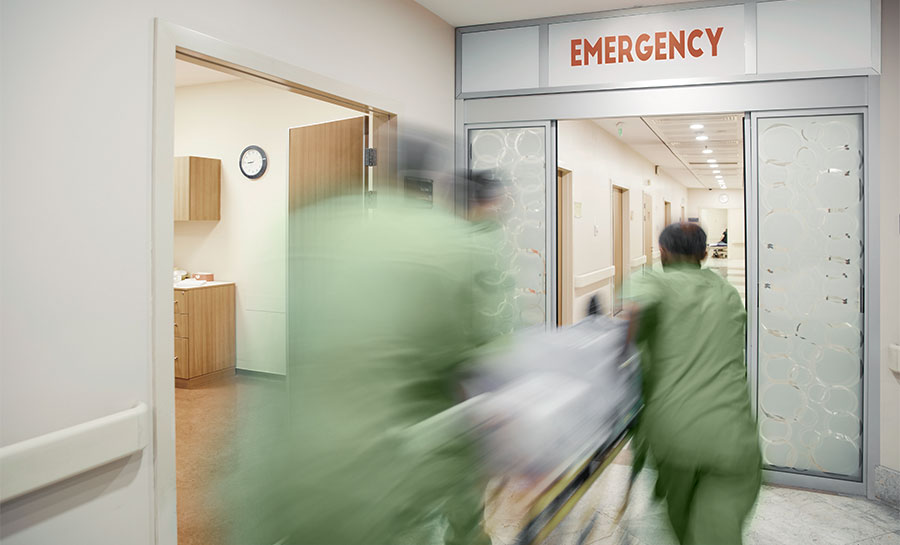Respiratory Syncytial Virus (RSV) typically peaks between September and November and is responsible for between 60,000 — 160,000 hospitalizations of adults 65+ each year, and 6,000 — 10,000 deaths in this cohort alone. During these upcoming months of increased risk, it is critical to raise awareness and facilitate preventive measures.
What is RSV?
RSV is an infection that most severely impacts young children and adults over the age of 65. Since the death rate among vulnerable populations is much higher than that of other segments, it’s essential to recognize RSV early. Symptoms are similar to those of influenza and include a runny nose, decrease in appetite, coughing, sneezing, fever and wheezing. Most RSV infections will end on their own after a week or two, however at-risk populations are more likely to have critical health conditions as a result of the infection.
Why RSV Poses a Significant Risk to the Aging Population?
Due to their advanced age, older adults are more likely to have a weakened immune system and are therefore more susceptible to infections such as RSV. Additionally, they tend to have other existing and chronic conditions and take multiple medication regimens. While these therapies treat their preexisting conditions, they can also further weaken the immune system, increasing the threat of new infections.
Why is it Important to Study Long-Term Care Residents for RSV?
If diagnosed incorrectly, RSV can increase mortality rates. Currently, there are no specific treatments for this virus, so it is important to continue studying the effects of RSV on the aging population. The only established preventative measures include washing hands frequently, avoiding close contact with sick people, covering your mouth and nose when coughing and sneezing, and to obtain the RSV vaccine to boost the immune system. Since the aging and vulnerable populations are more susceptible to RSV, data from long-term care residents can assist researchers and life science companies in developing additional treatment options as well as improving access and adoption.
How Can PointClickCare Life Sciences Help?
PointClickCare offers anonymized Electronic Health Records (EHR) curated data sets on patient outcomes around drug and therapeutic effectiveness, impact of comorbidities on treatment plans, and insights for the high-risk aging population. This real-world data expands the opportunity for drug discovery and development, accelerated and improved diagnosis and management of chronic conditions, and broadens overall knowledge of the healthcare industry. Our unique data set also provides a valuable understanding on drug effects and outcomes to help health care professionals adopt RSV medicines and preventative strategies as well as expedite opportunities for new development and approvals.







